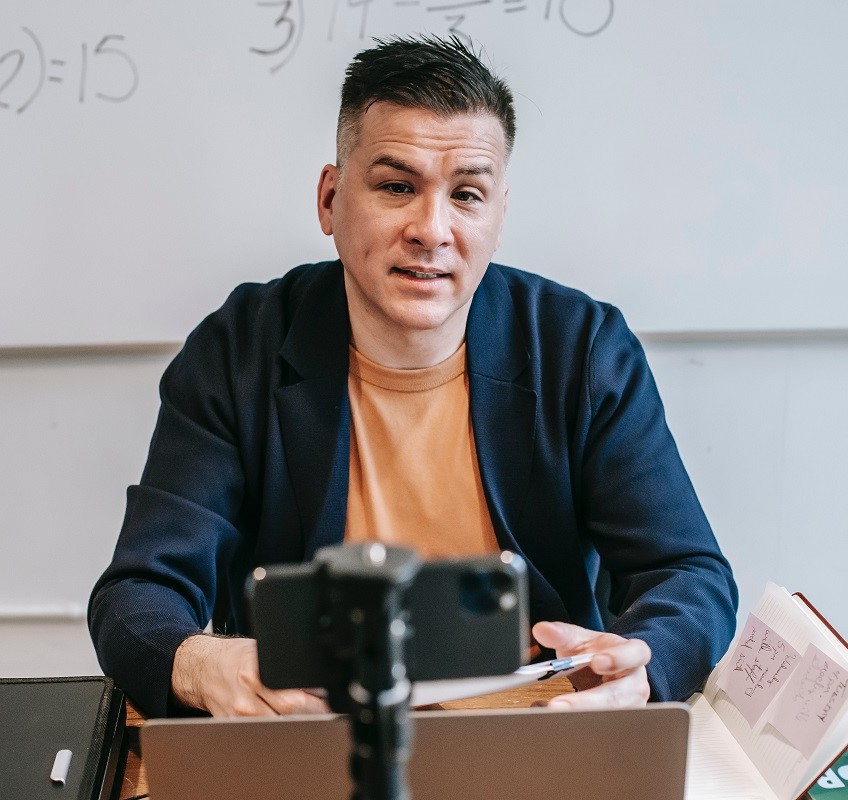The term “arts and sciences” refers to the combined study of all human interests that are influenced by the arts and sciences, including music, architecture, dance, visual arts, literature, film, and television. Involvement in the arts leads to increases in reading, math, science, cognitive ability, logical thinking, visual/spatial ability, and interpersonal communication. Arts education has positive educational, social, emotional, physical, psychological, and societal effects on students. It improves self-esteem, self-image, attitude, communication skills, independent judgment, adaptability, sociability, and leadership.
Through arts learning, students are exposed to a variety of new ways of exploring, perceiving, imagining, creating, and responding to the world around them. As children grow up, they discover their individual creative strengths and develop systems for applying those talents in different contexts. In the process, they gain confidence in their unique capabilities and develop the ability to communicate and set goals through art and the visual arts.
Arts education in the digital age facilitates the development of creativity and artistic work in almost every form of art. Students use the latest technology, such as the internet, to pursue their artistic passions. Artistic work can be viewed and shared online with people from all around the world. You can also share your own works online with others who can enjoy and benefit from them. If you want to enhance your artistic work or develop specific skills, you should consider enrolling in an online master arts program in arts education. You will have an increased opportunity to receive recognition and awards from your academic peers and the industry.


 Lucas Green
Lucas Green

